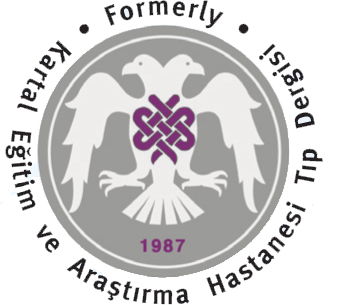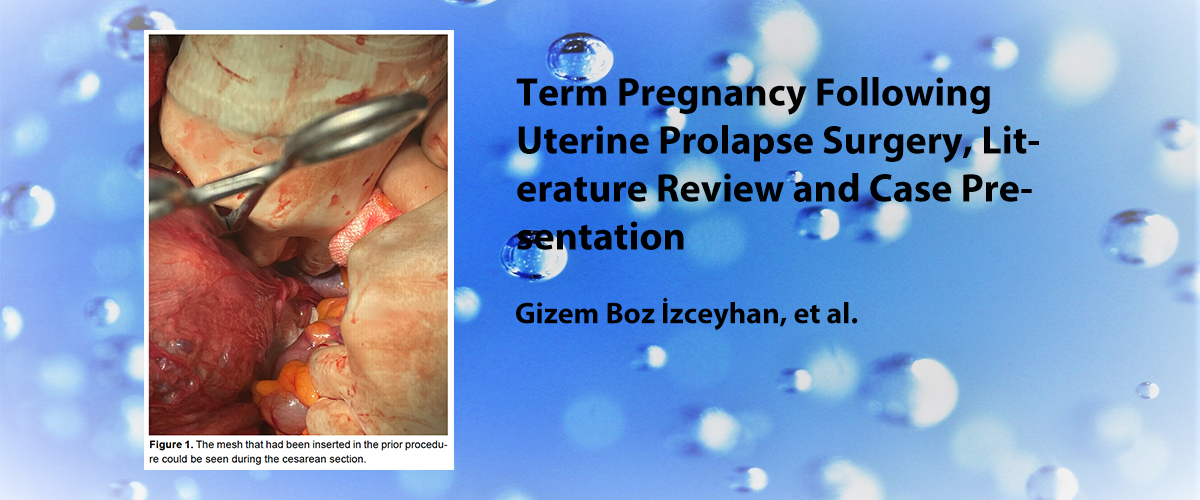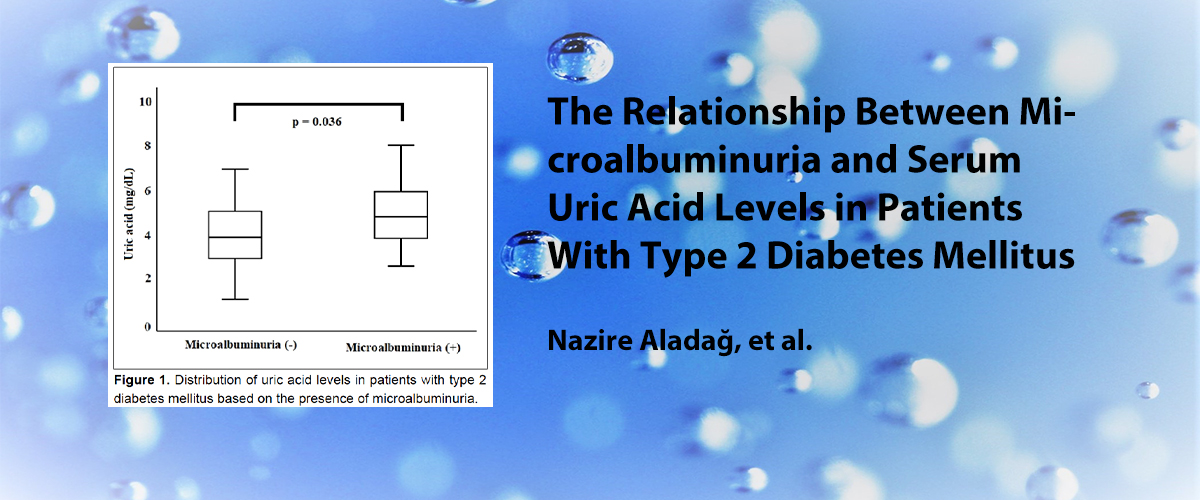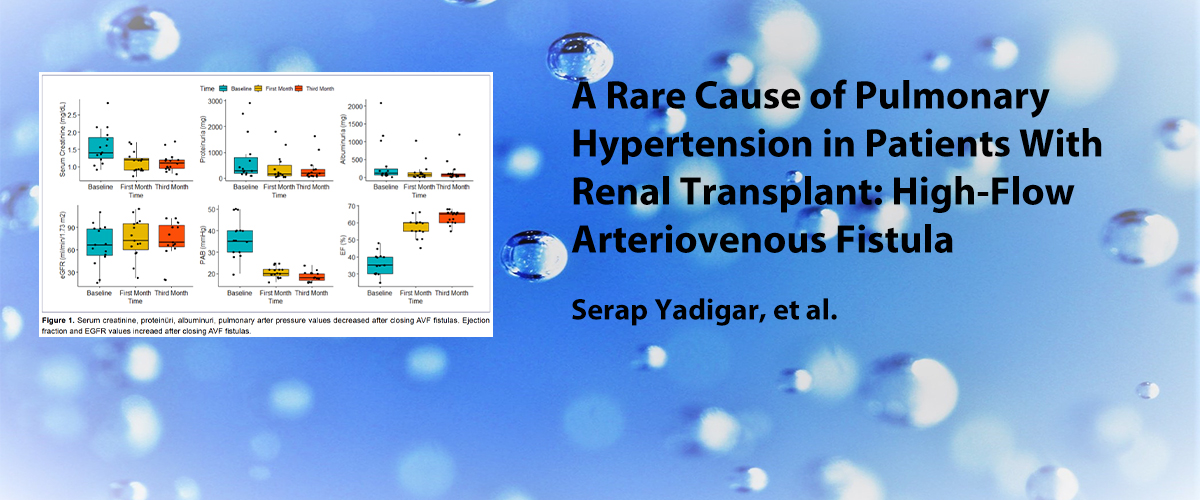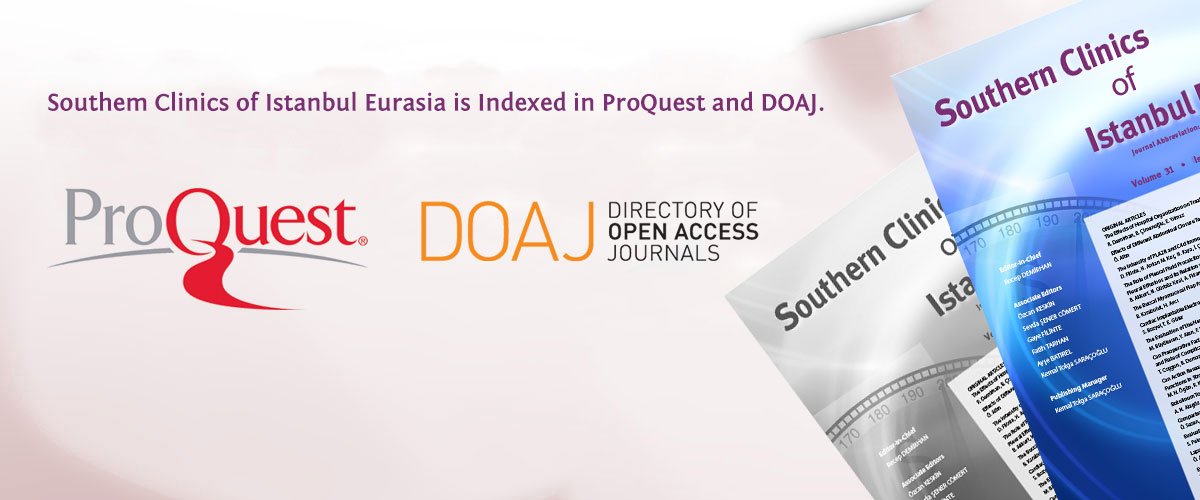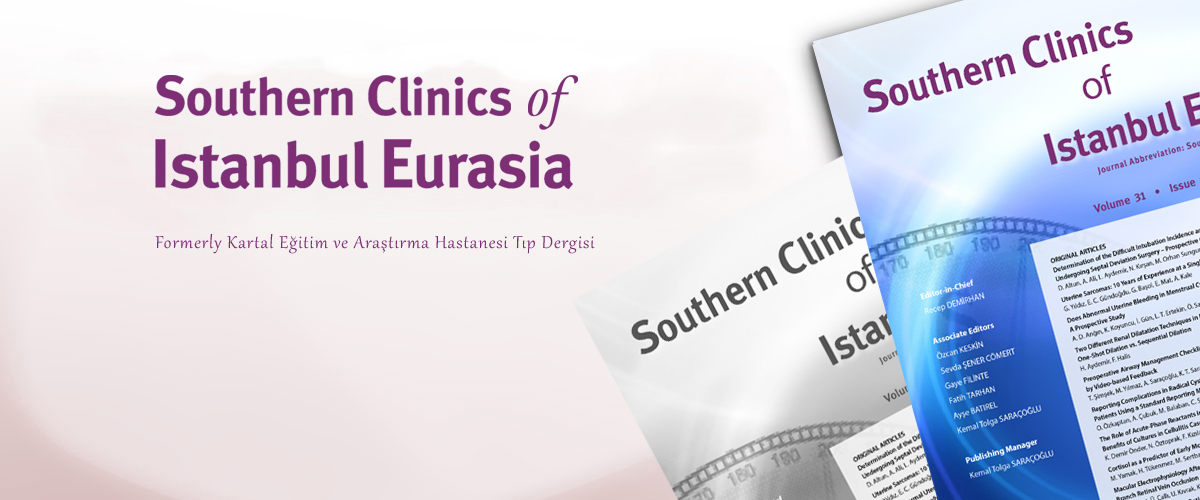ISSN : 2587-0998
OGTTyi Reddeden Hastalarda Açlık veya Tokluk Kan Şekeri Takibi Gestasyonel Diyabet Tanısında ve Komplikasyonlarını Öngörmede bir Yöntem Olarak Kullanılabilir mi?
Gulchin Babayeva1, Yunus Emre Purut21Özel Muayenehane, İstanbul, Türkiye2Van Sbü Eğitim Araştırma Hastanesi, Van, Türkiye
GİRİŞ ve AMAÇ: Gestasyonel diyabet, gebelikte en sık görülen metabolik hastalıklardan biridir. Medyada yer alan olumsuz haberler, gebelik diyabeti testini hastalar arasında tartışmalı hale getirdi. Çalışmamızda açlık kan şekeri ve tokluk ikinci saat kan şekerinin OGTT yerine gestasyonel diyabet tanısında ve olası komplikasyonlarını öngörmede kullanılabilirliğini araştırmayı amaçladık.
YÖNTEM ve GEREÇLER: Bu retrospektif kohort çalışma, Aralık 2020-Temmuz 2022 tarihleri arasında İstanbulda özel bir hastaneye başvuran hastalar arasında yapıldı. Kliniğimizde OGTTyi reddeden hastalarda rutin olarak açlık ve normal bir öğün sonrası tokluk ikinci saat kan şekeri istenilmektedir. Bu hastalarda HgA1c değerine de bakılır. 374 hastanın verilerine ulaşılmış; dışlama kriterleri sonrası 150 hasta çalışmaya dahil edildi. OGTTyi reddeden 24-28 haftalık kadınlar çalışmaya alındı. OGTT yaptıran, daha önce diyabet tanısı alan ve OGTT yaptırmamış ancak açlık ve tokluk kan şekeri sonucuna ulaşılamayan hastalar çalışma dışı bırakıldı. Ayrıca vücut kitle indeksi 35in üzerinde hesaplanan hastalar da çalışmaya dahil edilmedi. Kriterleri karşılayan hastaların takipleri sırasında sık görülen diyabet komplikasyonları olan polihidramnios ve makrozomi durumları değerlendirildi ve bu durumlar açlık kan şekeri ile tokluk kan şekeriyle ilişkilendirildi.
BULGULAR: Çalışma için uygun 150 hasta tespit edildi. Sonuçlarımıza göre gebelerde anormal fetal özelliklerin ortaya çıkışını tahmin etmede açlık kan şekerinin zayıf olduğu ve tokluk ikinci saat kan şekerinin kısmi başarılı olduğu belirlendi. Açlık kan şekeri eşik değeri 94 mg/dL olarak alındığında duyarlılık %43, özgüllük %8.8di. Tokluk kan şekeri eşik değeri 143.5 mg/dL olarak alındığında duyarlılık %64, özgüllük %14 (p<0.05) bulundu. HgA1c değeri ile makrozomi ve polihidramnios arasında ilişki yoktu.
TARTIŞMA ve SONUÇ: OGTT hala gestasyonel diyabet taısı için en önemli testtir. OGTT yaptırmayı reddeden kadınlarda tokluk 2. saat kan şekeri; gestasyonel diyabet ve komplikasyonları açısından değerli olabilir. bu hastalar için daha fazla çalışmaya ihtiyaç vardır.
Can Fasting or Post-prandial Blood Glucose Monitoring be used as a Method in the Diagnosis of Gestational Diabetes and Predicting its Complications in Patients who Refuse OGTT?
Gulchin Babayeva1, Yunus Emre Purut21Private Hospital, İstanbul, Türkiye2Van Training and Research Hospital, Van, Türkiye
INTRODUCTION: Gestational diabetes mellitus (GDM) is one of the most common metabolic diseases in pregnancy. Negative news in the media has made the GDM test controversial among patients. We aimed to investigate the usability of fasting blood glucose (FG), HgA1c, and post-prandial 2nd-h blood glucose (PG) instead of an oral glucose tolerance test (OGTT) in the diagnosis of GDM and predict its possible complications.
METHODS: This retrospective cohort study was conducted among patients admitted to a private hospital in Istanbul between December 2020 and July 2022. In our clinic, patients who refuse OGTT are routinely asked for FG and PG after a normal meal. We also evaluate the HgA1c value. Data of 374 patients were obtained and 150 patients were included in the study after exclusion criteria. Women aged 2428 weeks who refused OGTT were considered the study group. Patients who accepted OGTT were diagnosed with diabetes before, and FG and PG results could not be reached and were excluded from the study. In addition, patients with a body mass index above 35 were not included in the study. Polyhydramnios and macrosomia, which are common diabetes complications, were evaluated during the follow-up of patients, and these conditions were associated with FG and PG.
RESULTS: Due to our results, it was determined that FG was weak and PG was moderately successful in estimating the emergence of abnormal fetal characteristics in pregnant women. When the threshold value of FG was taken as 94 mg/dL, the sensitivity was 43%, and the specificity was 8.8%. When the threshold value of post-prandial blood glucose was taken as 143.5 mg/dL, the sensitivity was 64%, and the specificity was 14% (p<0.05). The HgA1c values of the patients did not show a significant difference between the patients who were diagnosed with polyhydramnios and macrosomia and those who did not.
DISCUSSION AND CONCLUSION: The OGTT is still the most valuable test for the diagnosis of GDM. Women who refuse to do OGTT, especially PG, may be valuable in terms of GDM and its complications. For these patients, more study is needed.
Sorumlu Yazar: Gulchin Babayeva, Türkiye
Makale Dili: İngilizce

